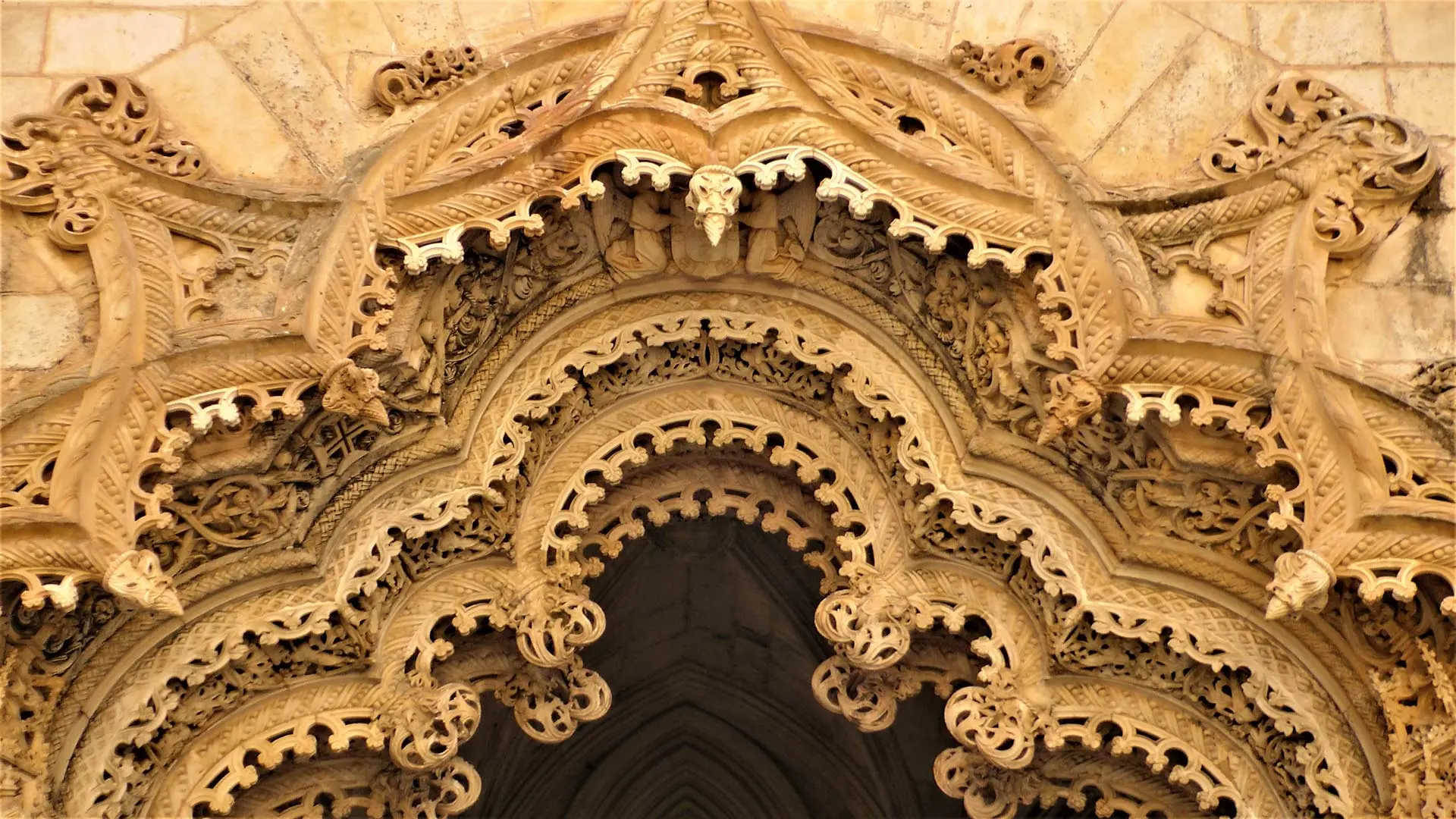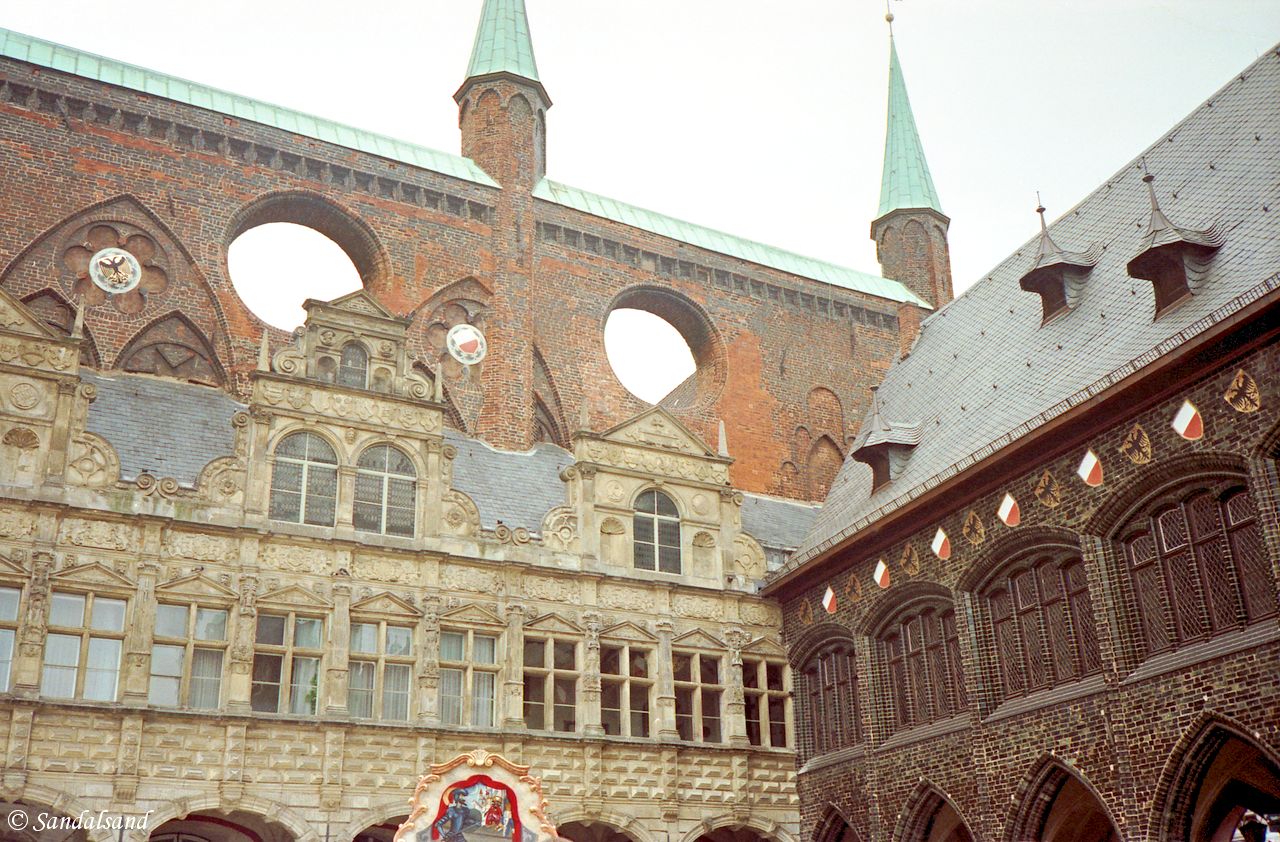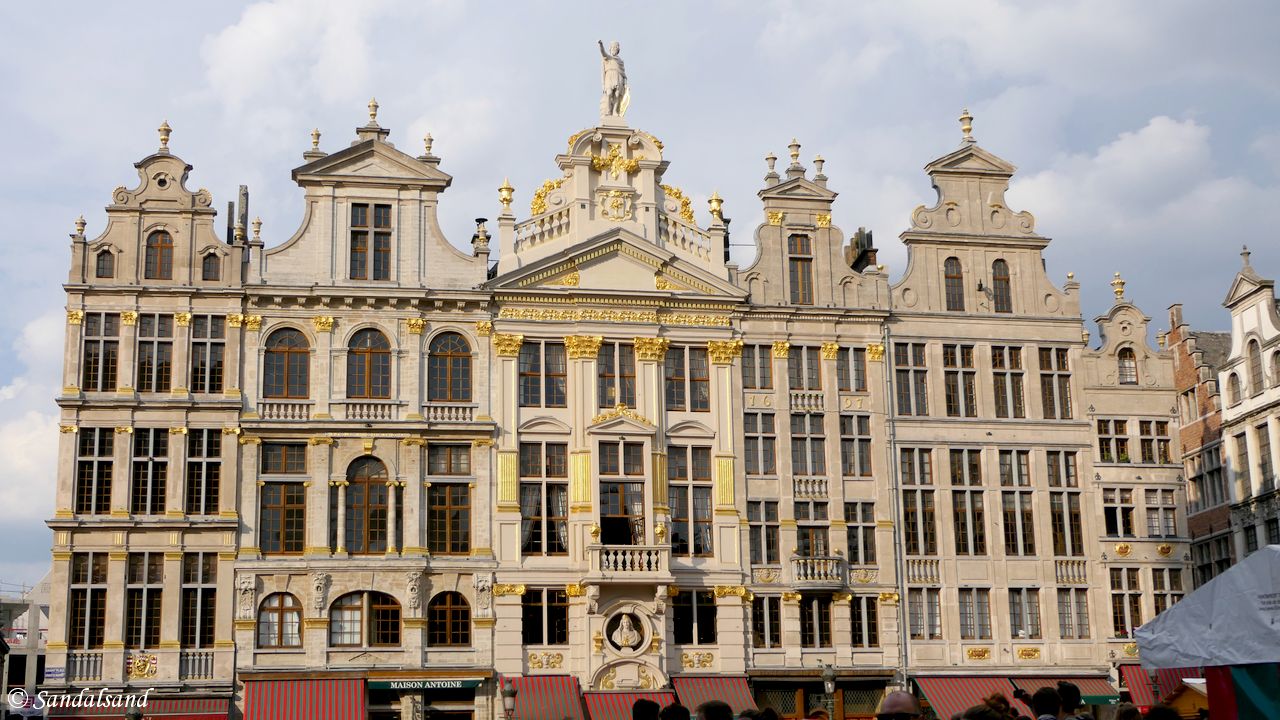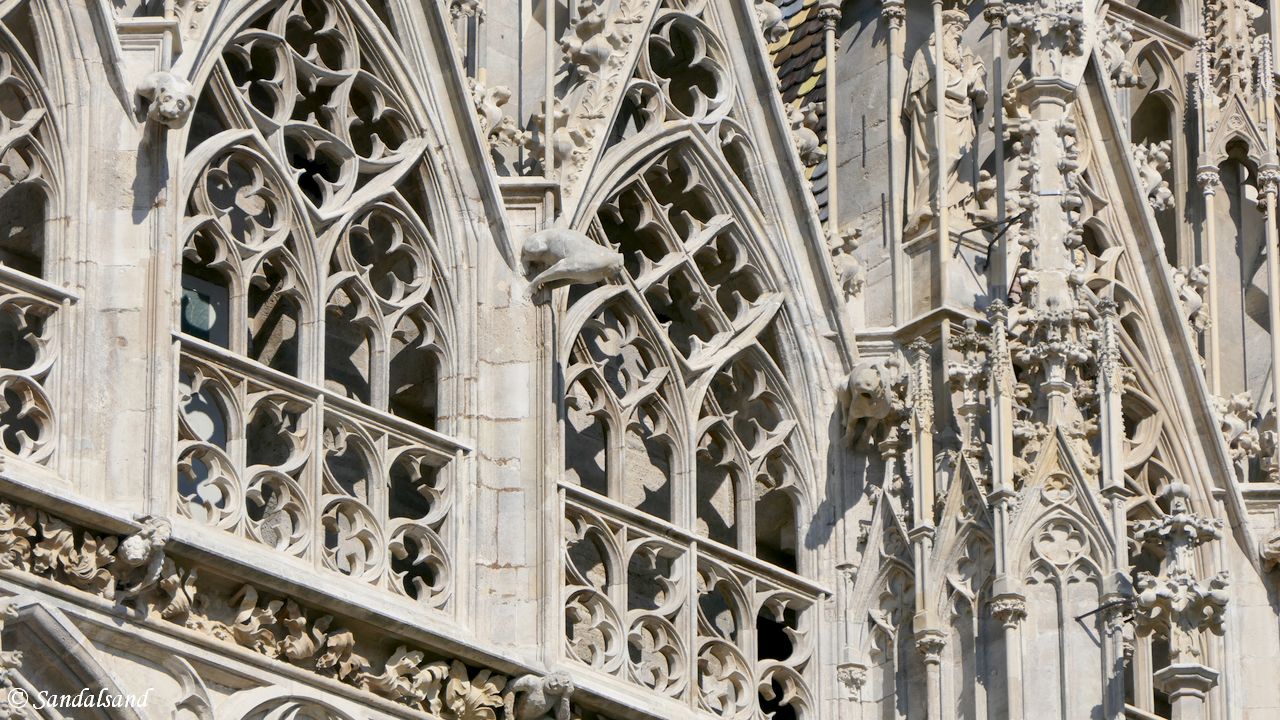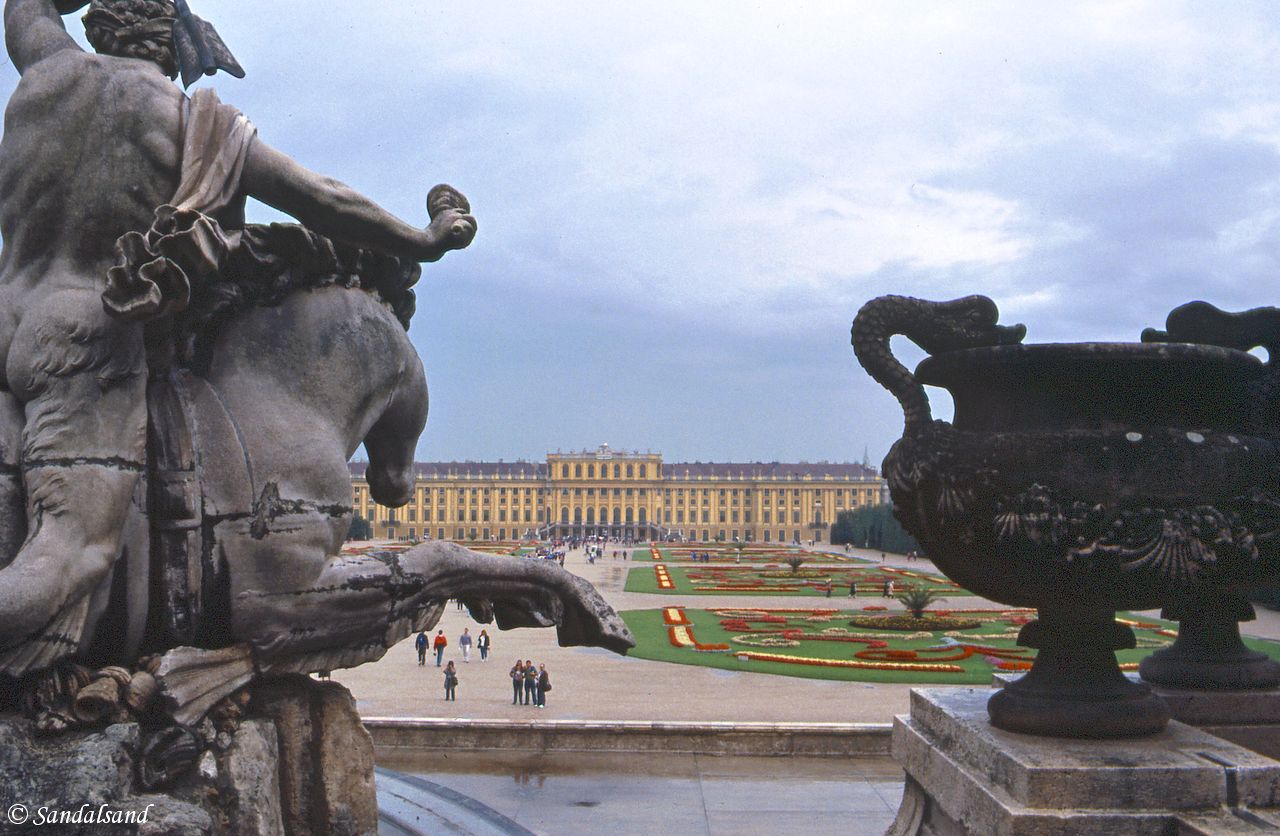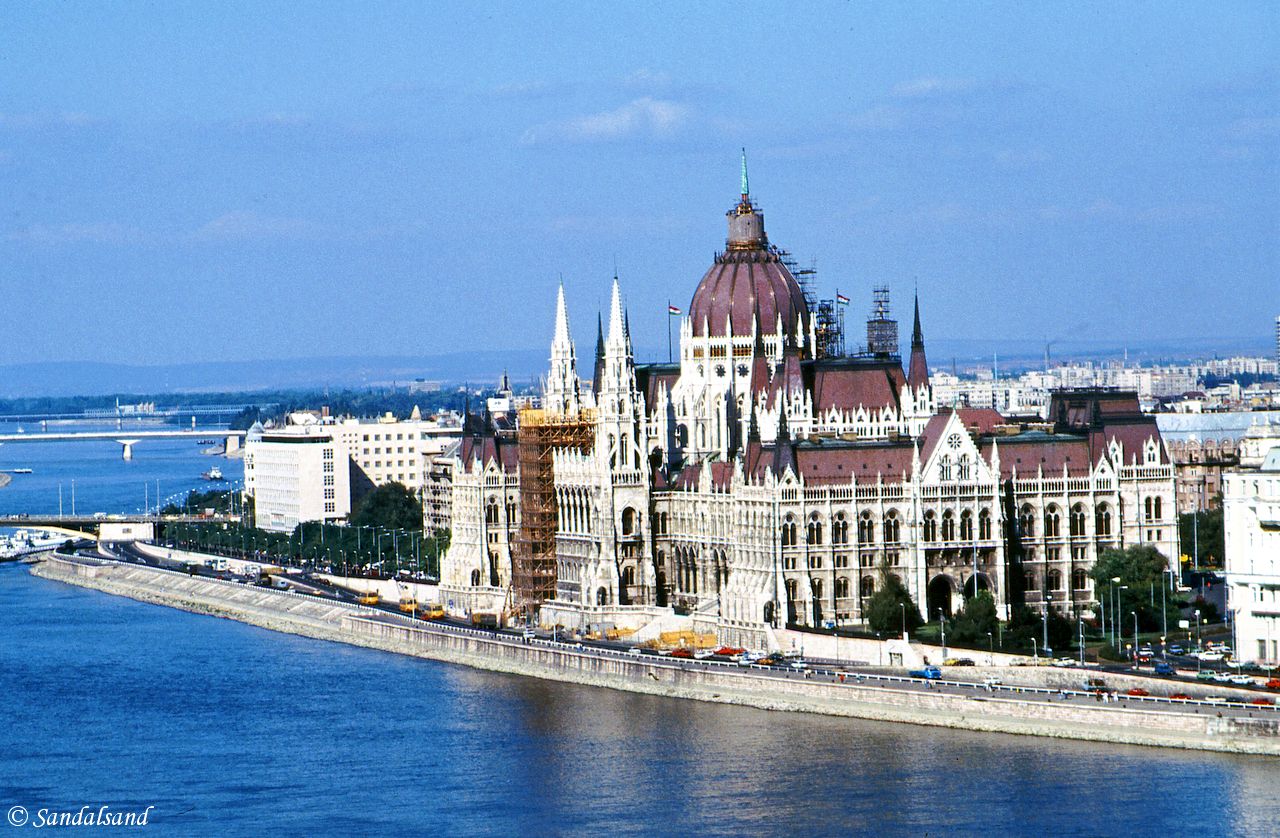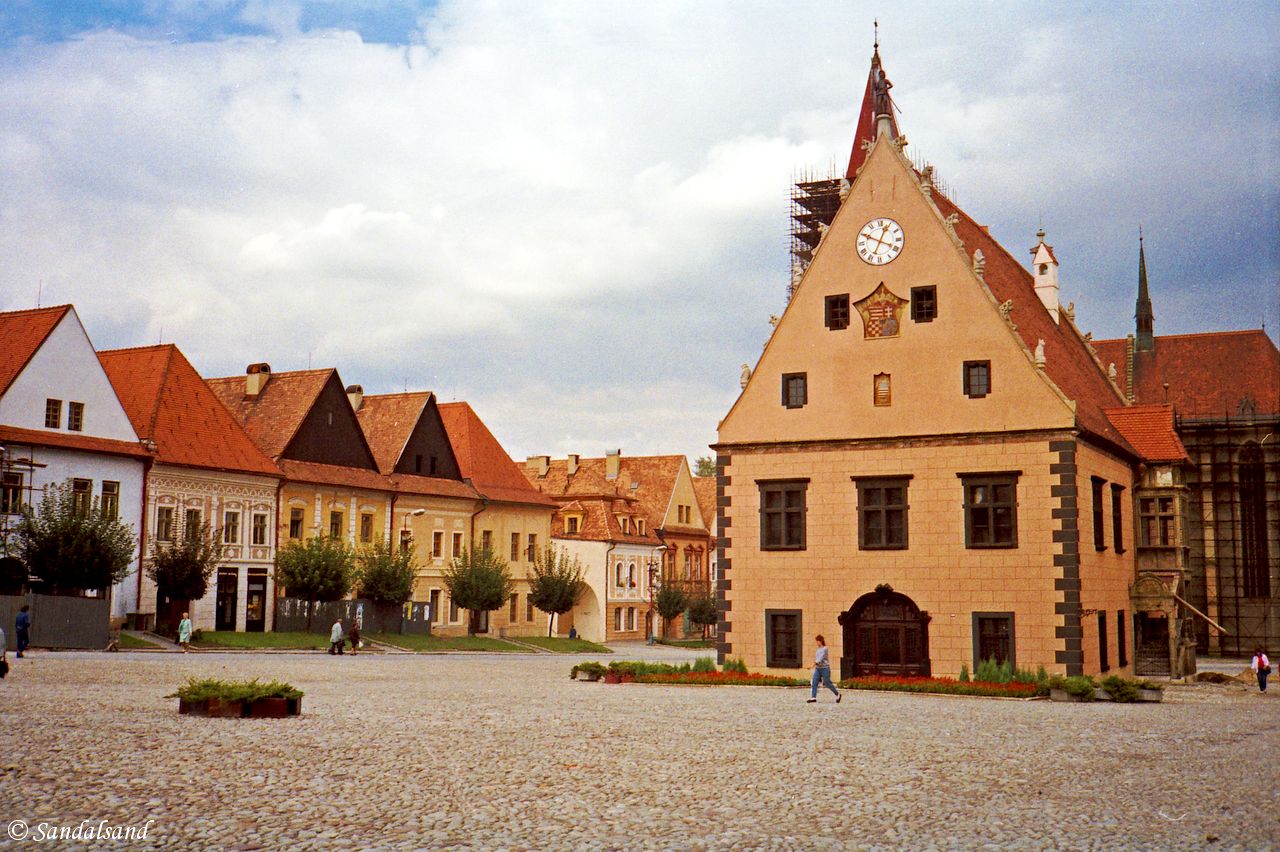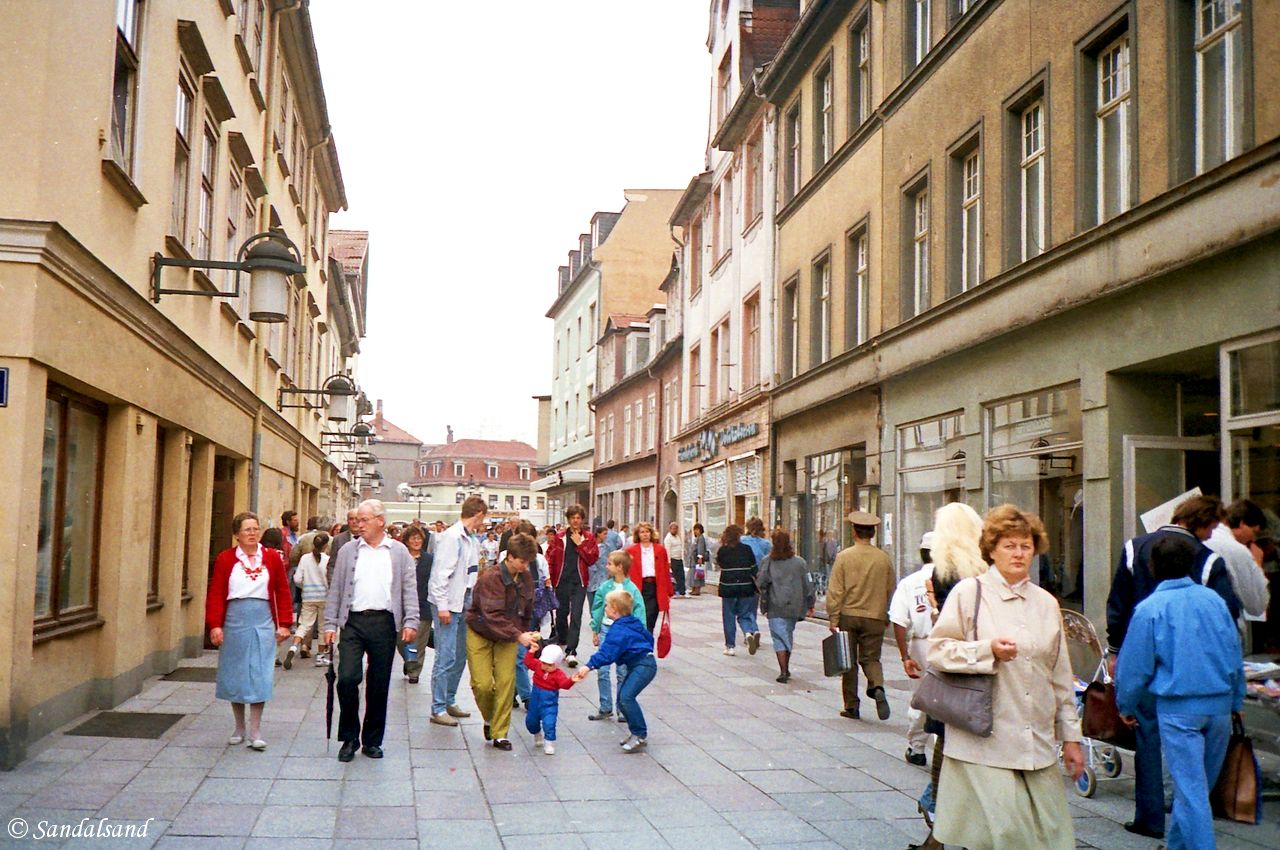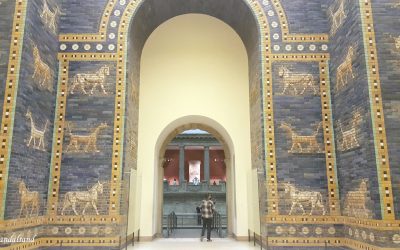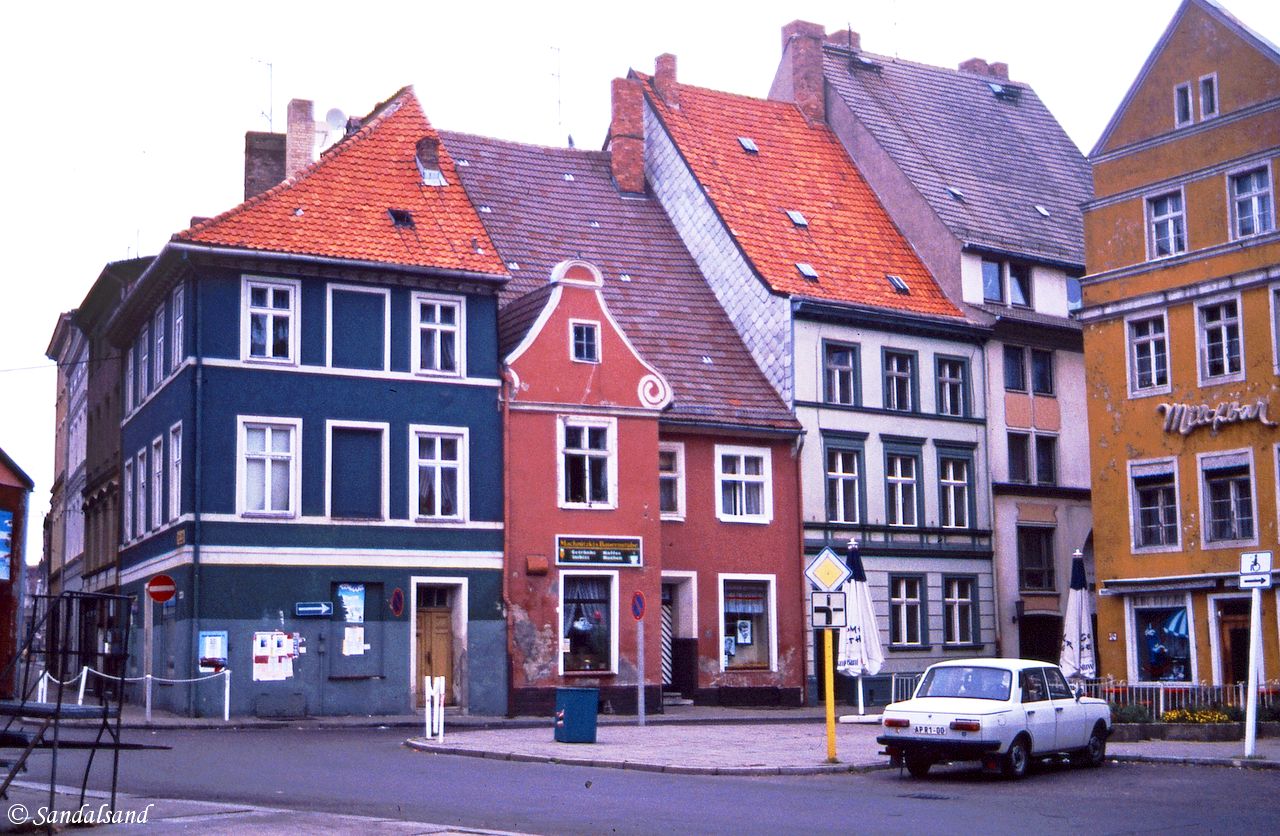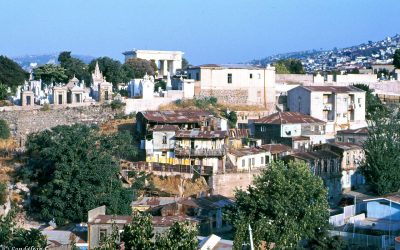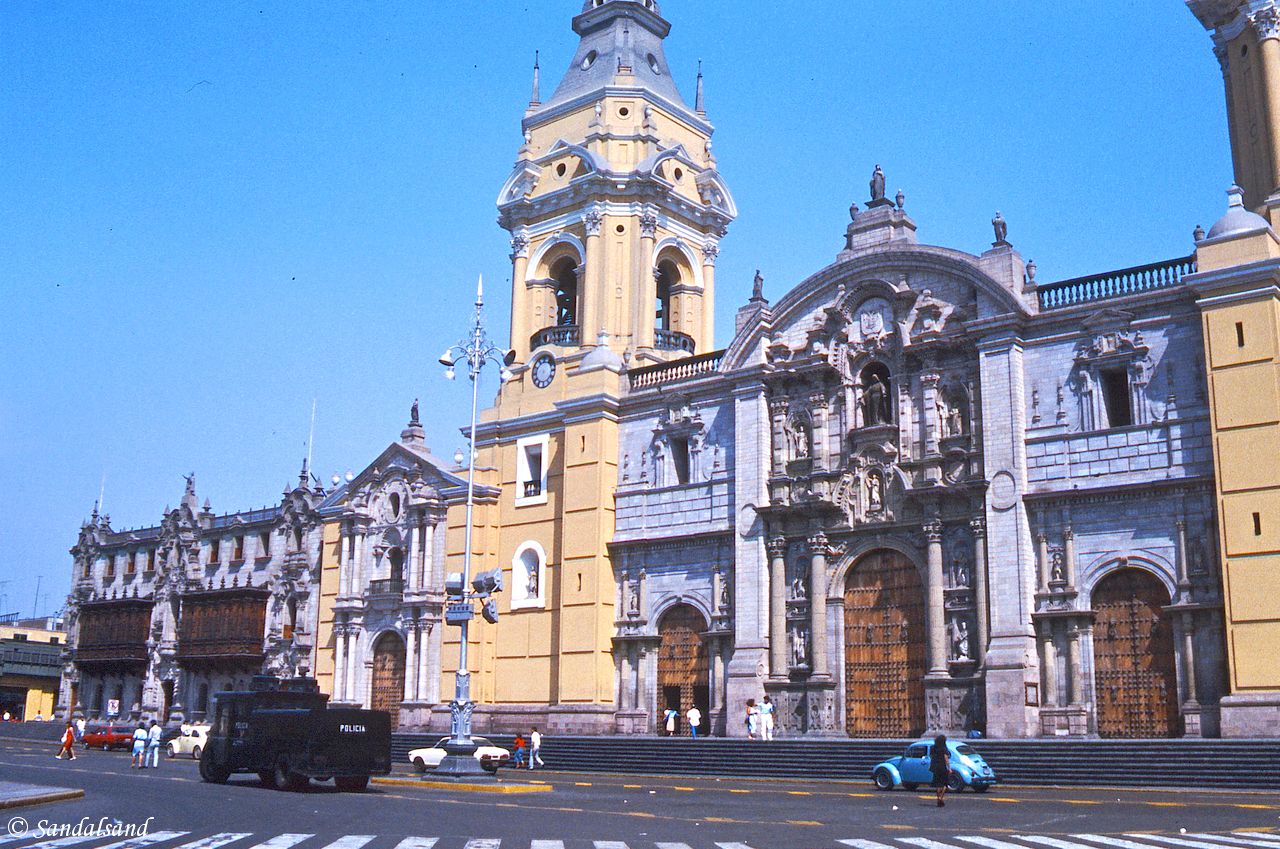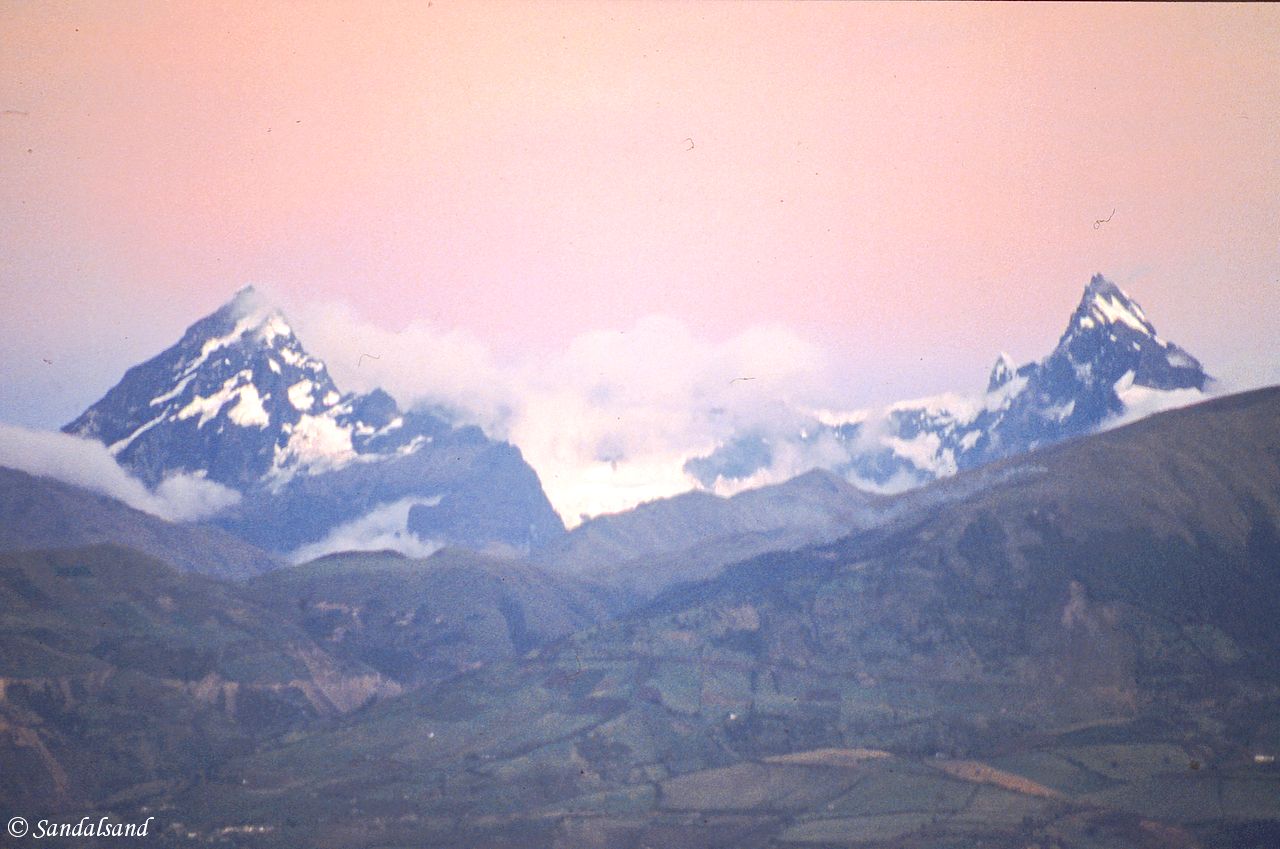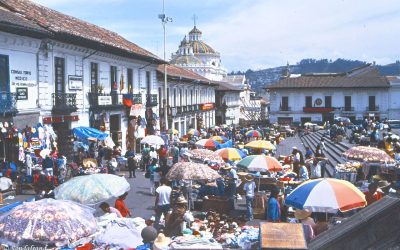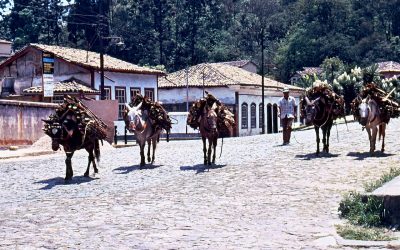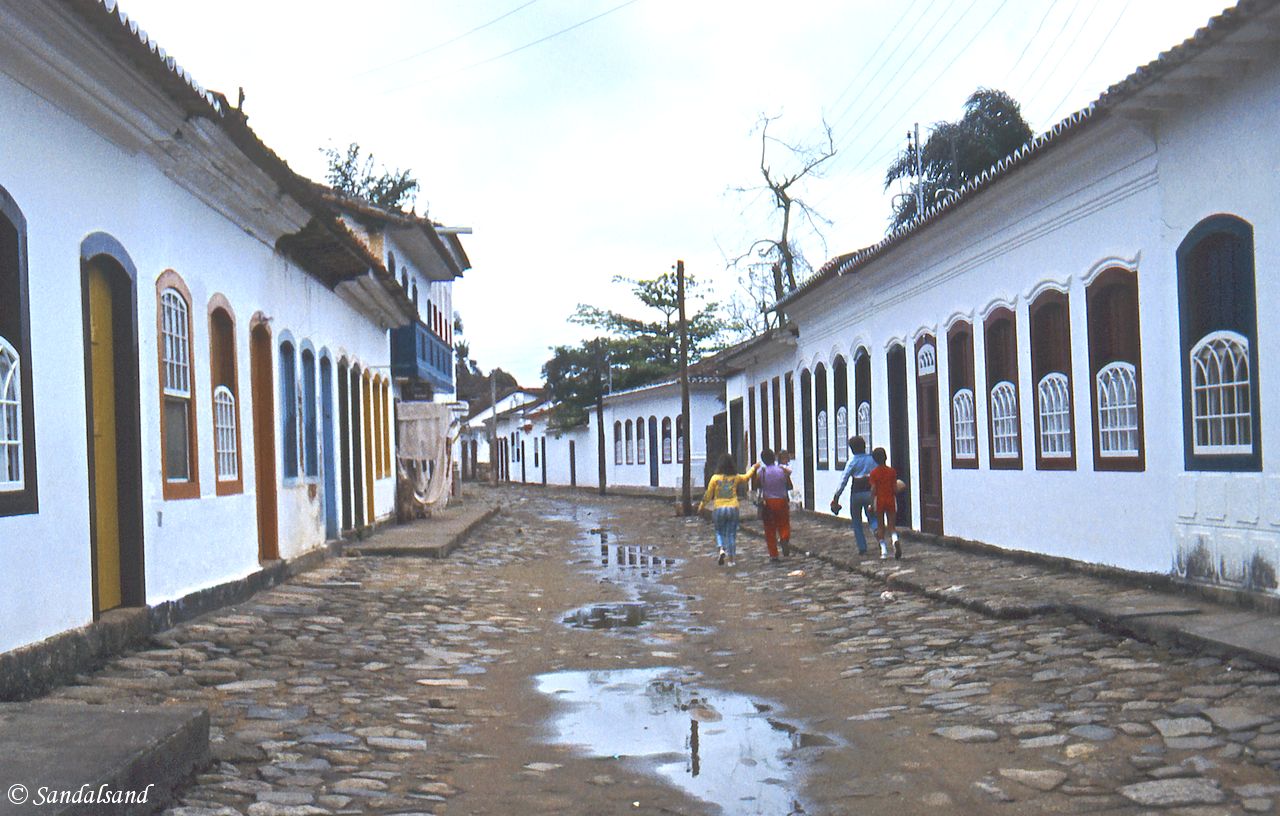World Heritage Sites
The UNESCO World Heritage List includes more than a thousand properties of outstanding universal value. They are all part of the world’s cultural and natural heritage.
UNESCO’s World Heritage Centre is responsible for the World Heritage List. The first inscription was in 1978. Since then UNESCO has developed the criteria and added an average of 20-30 sites each year.
It includes 1,248 sites in 170 “States Parties” (countries). A site is categorised as cultural heritage (972 sites), natural (235) or a mix of the two (41 sites).
On this page you will get to learn more about the heritage sites and where they are. Moreover, Sandalsand’s large collection comes on display. The reader will get a four-way path into this collection. First, on a map. Second, in a table. Third, in a video.
Fourth and last, but not least, there are links to articles on Sandalsand which describe each visited site.
The featured illustration with intricate carvings, is a detail from the Monastery of Batalha, Portugal.
About
Thoughts
Regions
Videos
Map
Table
Posts
About the World Heritage Sites
Properties on the World Heritage List must (a) be of outstanding universal value and (b) meet at least one of the ten selection criteria. UNESCO writes that until the end of 2004, World Heritage sites were selected on the basis of six cultural and four natural criteria.
With the adoption of the revised Operational Guidelines for the Implementation of the World Heritage Convention, only one set of ten criteria exists. All ten criteria are listed below, however Sandalsand has added two headlines (culture and nature) because the set of criteria still relates to two sets.
Culture
(i) to represent a masterpiece of human creative genius;
(ii) to exhibit an important interchange of human values, over a span of time or within a cultural area of the world, on developments in architecture or technology, monumental arts, town-planning or landscape design;
(iii) to bear a unique or at least exceptional testimony to a cultural tradition or to a civilization which is living or which has disappeared;
(iv) to be an outstanding example of a type of building, architectural or technological ensemble or landscape which illustrates (a) significant stage(s) in human history;
(v) to be an outstanding example of a traditional human settlement, land-use, or sea-use which is representative of a culture (or cultures), or human interaction with the environment especially when it has become vulnerable under the impact of irreversible change;
(vi) to be directly or tangibly associated with events or living traditions, with ideas, or with beliefs, with artistic and literary works of outstanding universal significance. (The Committee considers that this criterion should preferably be used in conjunction with other criteria);
The figures below illustrate how many times each Cultural criterion has been assigned. (Most properties score on two or more criteria; hence the large overall numbers.)
(i)
(ii)
(iii)
(iv)
(v)
(vi)
Nature
(vii) to contain superlative natural phenomena or areas of exceptional natural beauty and aesthetic importance;
(viii) to be outstanding examples representing major stages of earth’s history, including the record of life, significant on-going geological processes in the development of landforms, or significant geomorphic or physiographic features;
(ix) to be outstanding examples representing significant on-going ecological and biological processes in the evolution and development of terrestrial, fresh water, coastal and marine ecosystems and communities of plants and animals;
(x) to contain the most important and significant natural habitats for in-situ conservation of biological diversity, including those containing threatened species of outstanding universal value from the point of view of science or conservation.
The figures below illustrate how many times each Nature criterion has been assigned.
(vii)
(viii)
(ix)
(x)
Some thoughts
An inscription on the World Heritage List is generally regarded as an honorary tribute. It will also boost both commercial and preservation activities in or at the site.
Step one is to raise an awareness worldwide to the importance of preserving these sites for future generations. The next step is to do something about it, in other words to set up a conservation plan for the site. The final step is to live by it. These are very demanding tasks for all parties, and there are undoubtedly both economic and culture factors at play here.

UNESCO’s sign is found on many World Heritage Sites. The one pictured here is from Bryggen, in Bergen, Norway.
Some sites have been removed from the list. There have also been controversies between the WHC and a country relating to the future development of the site (like a particular bridge in Germany). Other removals have been obvious because the criteria are no longer met (such as the extinction of a particular bird in Oman).
With these cases in mind, one should note that the WHC operates a list of 56 properties in danger (2024).
Relative distribution of sites
When we look at the full site map, we immediately notice the prevalence of sites in Europe and North America (in reality Europe mostly). Nonetheless, almost the entire world is covered. That is actually no little achievement for the world community.
The following illustrations follow the WHC categorisation of world regions and show the relative distribution of sites.
%
Arab States
%
Africa
%
Latin America and the Caribbean
%
Asia and the Pacific
%
Europe and North America
Sites on a map
Drag and zoom on the map below to find sites visited by Sandalsand in more detail. Click on a marker to reveal the name and open the article about it. You will find the same links further down this page. Find all WHC sites on another Sandalsand map.
I have had my doubts what to do with Liverpool. It was once a World Heritage Site, but was delisted by UNESCO following a controversy with the city authorities. It is my hope it will be re-enlisted some time in the near future, so I have kept the article. However, I removed it from this map as well as from the table below.
Sites in a table
Here are the same sites in a table but with less information compared to the map markers above. Show more rows at a time, sort the table as you like, or search for a specific term. Click on a link to open that particular post.
Sites in 70 countries
It could be that “heritage tourism” is spreading along with the eco-tourism trend. Sandalsand has only in later years become conscious of it.
It was never my idea to become a collector of heritage sites, but I have nonetheless been to a large number. In recent years I have become more intent to visit a “world heritage” when I travel. I suppose that may be one of the purposes of such an official list in the first place.
In any case, I am not satisfied that I visited the pleasant town of Weimar in Germany without exploring the examples of Bauhaus architecture. Likewise, I went to the town of Pécs in Hungary without a look at the Early Christian Necropolis. (To my possible excuse: Neither of them was on the List at the time of my visit.)
Sandalsand’s list is a representative summary of UNESCO’s. It covers the world, and the majority are in Europe. Also, it features sites in both (all) categories: 199 cultural, 14 natural, and 6 combined sites.
Read about each site in separate articles. They include:
- The official and my personal descriptions of the site
- A link to the official UNESCO web page
- My photographs or video
- A link to the article(s) describing the context of my visit(s)
The articles offer short introductions to fabulous destinations around the world. Enjoy!
Here they are, the World Heritage Sites visited by Sandalsand. In my view, they are all lovely destinations.
World Heritage #0272 – Hanseatic City of Lübeck
The Hanseatic City of Lübeck was an important town for centuries and has kept enough of the old days for visitors to enjoy for centuries more. The...
World Heritage #0292 – Cologne Cathedral
The Cologne cathedral is a huge Gothic cathedral, right in the middle of a large city, in Germany. The UNESCO World Heritage List includes more than...
World Heritage #0857 – La Grand-Place
I can't really think of many squares on the Heritage List, and La Grand-Place in Brussels is indeed quite extraordinary. The UNESCO World...
World Heritage #0784 – Salzburg
Stream some Mozart music into your ears during your walks in Salzburg and enjoy life. Walk up to the castle for a splendid view. The UNESCO...
World Heritage #1033 – Vienna
The Historic Centre of Vienna has not really been at the centre of the world stage for a century, but the previous centuries have left an...
World Heritage #0786 – Schönbrunn
The emperors must have been staging huge parties in the park and halls of the Schönbrunn. At least there is ample space to do so. The UNESCO World...
World Heritage #0400 – Budapest
Budapest, the capital of Hungary, is a city brimming with pride and monumental buildings, much because of its history as an important city in the...
World Heritage #0973 – Bardejov
The Bardejov Town Conservation Reserve is about a fortified medieval town in Slovakia with a very nice square in the middle. The UNESCO World...
World Heritage #0617 – Cesky Krumlov
Cesky Krumlov is a town in the south of the Czech Republic. It has a nice square and a mighty palace with Gothic, Renaissance and Baroque elements....
World Heritage #0616 – Prague
The historic centre of Prague (Praha), the Czech capital, is deservedly a very popular place to visit, not only because of its architecture. ...
World Heritage #0846 – Classical Weimar
Classical Weimar is a pleasant place to visit, and historically important in the cultural development of Germany - and Europe. The UNESCO World...
World Heritage #0532 – Potsdam
In the huge parks of Potsdam, at the western outskirts of the German capital, we find a large collection of fine palaces. The UNESCO World Heritage...
World Heritage #0896 – Museumsinsel
The Museumsinsel (Museum Island) in Berlin is an island with museums. They date from when the very idea of museums was formed. The UNESCO World...
World Heritage #1067 – Stralsund and Wismar
The historic centres of Stralsund and Wismar are on the Heritage list, like many cities that once belonged to the Hanseatic League. The UNESCO...
World Heritage #0959 – City of Valparaíso
The important port city of Valparaíso on the Chilean coast offers some nice funicular rides up the steep hillsides. The UNESCO World Heritage List...
World Heritage #0971 – Churches of Chiloé
The churches of Chiloé is about 16 churches preserved as Heritage Sites, on an island in the south of Chile. The UNESCO World Heritage List includes...
World Heritage #0273 – City of Cuzco
The city of Cuzco has a secret mix of Inca remains, Spanish colonial buildings, and the lives of its present-day indigenous population. The UNESCO...
World Heritage #0274 – Machu Picchu
The Historic Sanctuary of Machu Picchu is undoubtedly one of the world's most famous sights, the remains of the hilltop town of the Incas. The...
World Heritage #0500 – Lima
The historic centre of Lima, the capital of Peru, has a powerful appearance due to its Spanish colonial legacy. The UNESCO World Heritage List...
World Heritage #0260 – Sangay National Park
There is much lovely scenery to enjoy in the Andes. The Sangay National Park in Ecuador boasts several volcanoes. The UNESCO World Heritage List...
World Heritage #0002 – City of Quito
Quito the capital of Ecuador is situated high in the Andes mountain range and has some splendid Spanish colonial architecture. The UNESCO World...
World Heritage #0998 – Amazon
The Amazon is the largest forested area in the world, with an immense diversity in terms of flora and fauna - and a huge flood. The UNESCO...
World Heritage #0124 – Historic Town of Ouro Preto
The Portuguese found gold in the hills of Ouro Preto and built a city full of splendid colonial architecture. The UNESCO World Heritage...
World Heritage #1308 – Paraty
This heritage site includes the historic colonial centre of Paraty and four natural areas in the Ilha Grande area in the south of Brazil. The...
It is not down in any map; true places never are. (Herman Melville)

